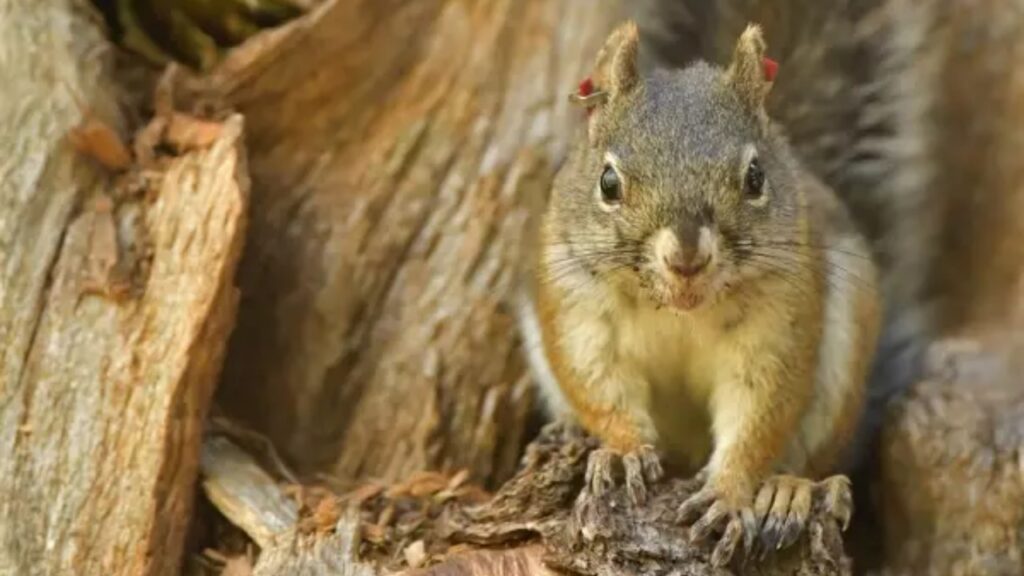NASA has completed the first-ever aircraft accident investigation on another planet, examining the crash of the Ingenuity Mars Helicopter during its 72nd and final flight on January 18, 2024.
The investigation, conducted by engineers at NASA’s Jet Propulsion Laboratory (JPL) and AeroVironment, reveals that a navigation system failure in featureless Martian terrain led to the helicopter’s hard landing and subsequent damage. This investigation was conducted from a distance of over 100 million miles from Earth.
“When running an accident investigation from 100 million miles away, you don’t have any black boxes or eyewitnesses,” said Håvard Grip, Ingenuity’s first pilot at JPL. The investigation relied on limited data transmitted before communications ceased, along with images captured days after the incident.
The Final Flight
Flight 72 began as a routine vertical hop to evaluate systems and capture terrain images. The helicopter ascended to 40 feet, maintained a brief hover, and initiated descent at 19 seconds. By 32 seconds, Ingenuity had crashed and lost communication with mission control.
The investigation determined that around 20 seconds after takeoff, the helicopter’s vision navigation system failed to detect sufficient surface features for tracking. This occurred in a region of Jezero Crater filled with steep, relatively featureless sand ripples – terrain markedly different from the pebbly surfaces Ingenuity was designed to navigate.
Technical Failure Analysis
The navigation errors resulted in excessive horizontal velocities during touchdown. Upon impact with a sand ripple’s slope, the helicopter experienced severe pitch and roll movements. The rapid attitude changes created loads beyond the rotor blades’ design limits, causing all four blades to snap approximately one-third of their tips.
Travis Brown, a JPL engineer, noted during a news conference at the American Geophysical Union meeting in Washington D.C., “We pushed her further, higher, faster than anything we had intended to do.”
Mission Legacy
Originally designed for five flights over 30 days, Ingenuity vastly exceeded expectations by:
- Completing 72 flights
- Operating for almost three years
- Flying more than 30 times farther than planned
- Accumulating over two hours of flight time
“Any piece of hardware if you push it hard enough beyond its design limits, sooner or later it’s going to break,” Grip explained. “We simply found out where Ingenuity’s limits were.”
More Stories
Current Status and Future Implications
While permanently grounded, Ingenuity continues functioning as a weather station, transmitting data weekly to the Perseverance rover. The mission’s technological achievements have already influenced future Mars exploration vehicles.
“Because Ingenuity was designed to be affordable while demanding huge amounts of computer power, we became the first mission to fly commercial off-the-shelf cellphone processors in deep space,” said Teddy Tzanetos, Ingenuity’s project manager. “We’re now approaching four years of continuous operations, suggesting that not only radiation-hardened components can work in the harsh Martian environment.”
NASA engineers are using these insights to develop the Mars Chopper, a next-generation rotorcraft approximately 20 times heavier than Ingenuity. The new vehicle will carry scientific equipment and potentially cover up to 2 miles (3 kilometers) in a day, advancing autonomous exploration capabilities on the Red Planet.
A NASA technical report detailing the investigation findings will be published in the next few weeks, providing valuable data for future Mars aircraft designs and extraterrestrial aviation safety protocols.


















